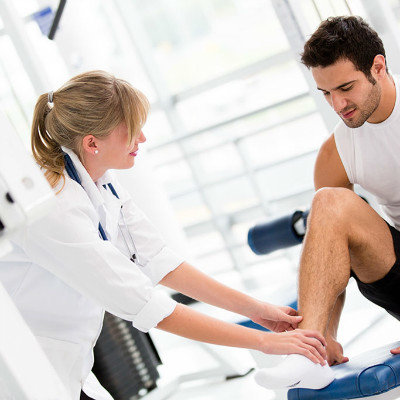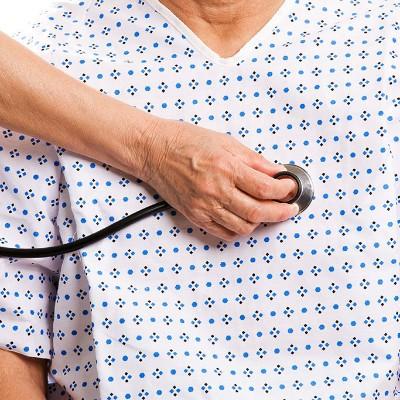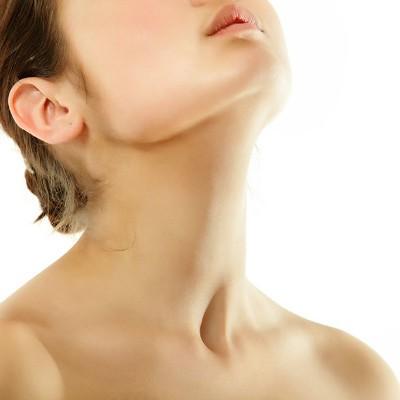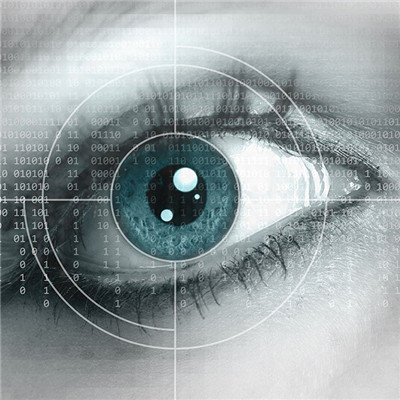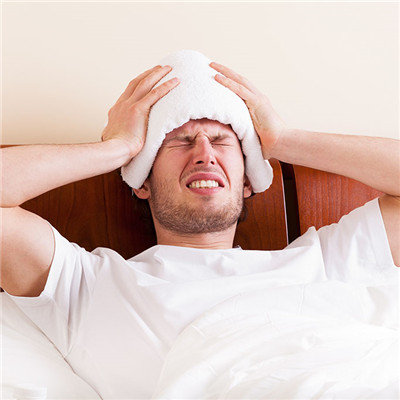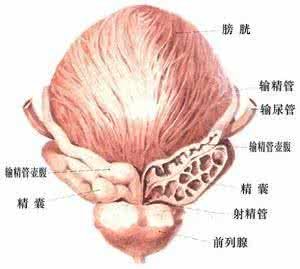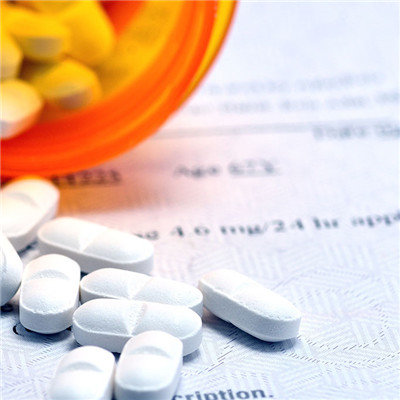What is systemic dystonia to return a responsibility?
summary
Dystonia is a kind of disease that can perplex many patients. It can bring serious impact on the quality of daily life and other aspects of patients. In addition, the disease can be divided into two types: primary dystonia and secondary dystonia. These two types are more common in our daily life, and the etiology is not exactly the same. Next, let's take a concrete look at how systemic dystonia is going on.
What is systemic dystonia to return a responsibility?
The etiology of primary dystonia is unknown so far. It is thought that it may be related to heredity. It is autosomal recessive inheritance, autosomal dominant inheritance and sex linked inheritance. Most of the autosomal dominant primary torsion spasm is caused by DYT1 gene mutation, which is located in 9q32-34 region of the long arm of autosomal 9. Environmental factors such as trauma or overwork can induce the onset of gene carriers with primary dystonia. For example, oromandibular dystonia may have a history of facial or dental injury; Overwork of one limb can also induce dystonia, such as writing spasm, typist spasm, limb spasm of instrumentalists and athletes. The etiology may be related to the functional disorder of basal ganglia caused by the reorganization of motor circuits or the change of motor sensory connections above the spinal cord level.

Secondary dystonia is caused by lesions only involving the striatum, thalamus, locus coeruleus, and reticular structure of brain stem, such as hepatolenticular degeneration, nuclear jaundice, ganglioside deposition, globus pallidus, melanosis and red nucleus pigmentation, progressive supranuclear paralysis, familial basal ganglia calcification, hypothyroidism, poisoning, cerebrovascular disease, brain injury, encephalitis, and so on Drugs (levodopa, phenothiazines, butyrylbenzenes, metoclopramide) induced. Nonspecific pathological changes were found in primary torsion spasm, including degeneration and death of small neurons in putamen, thalamus and caudate nucleus, and increase of lipid and lipochrome in basal ganglia. The pathological characteristics of secondary torsion spasm varied with the primary disease; There were no specific pathological changes in dystonia such as spasmodic torticollis, writing spasm, Meige syndrome and occupational spasm.

For this disease, patients also need to know that part of the etiology of this disease is a genetic disease. So patients should also do a good job in the prevention of this disease. If patients want to breed the next generation, it is better to do a genetic test to ensure the health of their next generation.
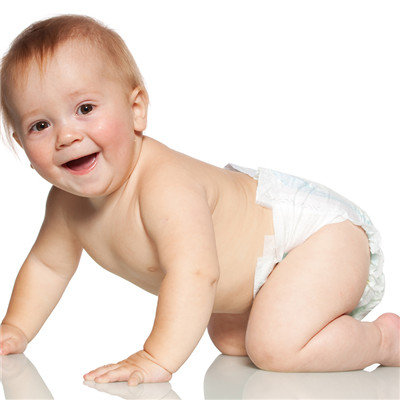
matters needing attention
Patients usually want to strengthen their own physical exercise, enhance personal fitness, diet must pay more attention. Reasonable diet, eat more fresh fruits and vegetables, for things like tobacco and alcohol must be prohibited during the illness.
